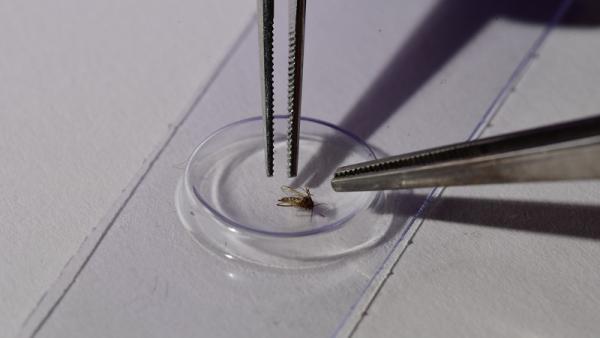



WRAIR’s team of entomologists support Force Readiness and global health by developing and testing products to reduce the risk of vector-borne diseases.
Mosquito- and sandfly-borne diseases, including malaria, leishmaniasis, dengue, and Zika virus, are the most pressing threats to the medical readiness of Soldiers. Entomology works to mitigate that threat by developing new means of bite protection and pest management in addition to supporting WRAIR's product development efforts by performing basic and applied research on the interactions between disease vectors and pathogens.
With departments like the Insectary and Walter Reed Biosystematics Unit, Entomology plays a critical role in drug and vaccine development at WRAIR and with partners in academia, industry, and the federal government. Prospective partners are welcome to reach out through the WRAIR Public Affairs Office for more information or to schedule a visit.